
Hangzhou is the capital of Zhejiang Province and is known for being a center of economy, culture, science, and education. It has a long history and rich cultural heritage, making it an important national tourist destination.
Located at the southern wing of the Yangtze River Delta, the west end of Hangzhou Bay, and the lower reaches of Qiantang River, Hangzhou boasts stunning natural scenery such as the famous West Lake, which has been designated a UNESCO World Heritage Site. The lake and surrounding mountains provide a beautiful backdrop for the cityscape and create a relaxing atmosphere that is perfect for strolling, biking, or boating.
Hangzhou is also famous for its silk production and tea industry. Visitors to Hangzhou can tour factories to see the silk production process from cocoon to finished product and can also visit tea plantations to learn about the production of Longjing tea, one of the most famous types of green tea in China.
The city has several cultural and historical landmarks, including Lingyin Temple, Six Harmonies Pagoda, and the Grand Canal, which is the longest canal in the world and reflects the city's importance as a hub for trade and transportation.
In summary, Hangzhou is a beautiful and historically rich city with plenty of natural and cultural attractions to explore.
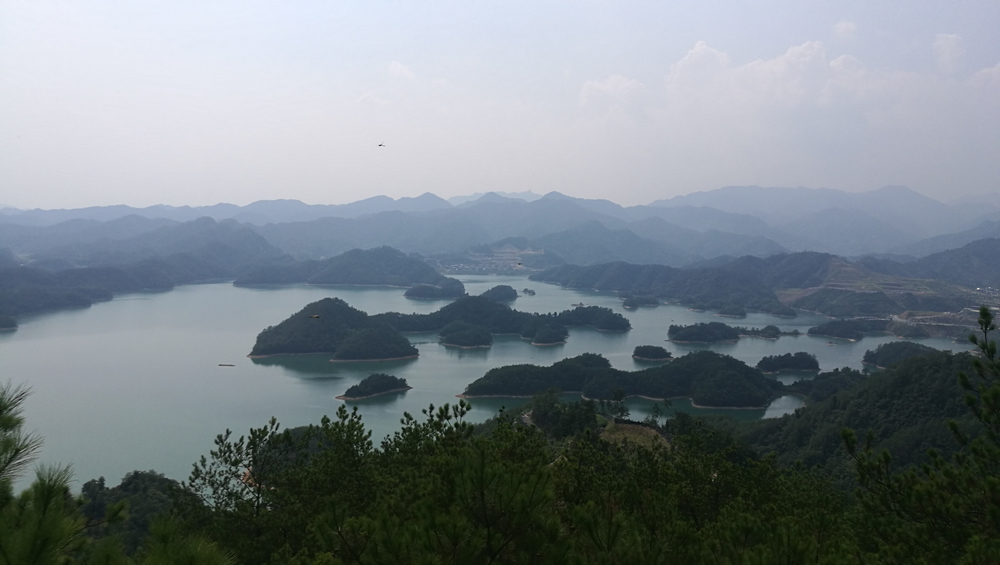

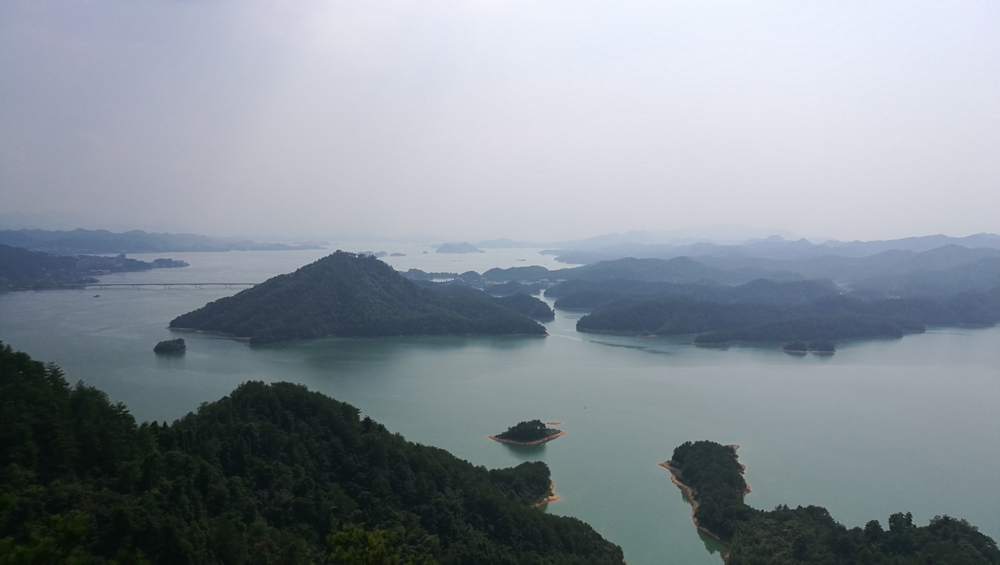
Located in Chun’an County on the western outskirts of Hangzhou, the lake isapproximately 129 kilometers from the city. Qiandao Lake, which literally means“thousand-islandlake,”derives its name from the 1,078 islands within its waters. A reservoir that wasformed after the construction of the Xin’an River Hydroelectric Power Station, itcontains more islands than any other lake in the world. It is now considered atourism area and a popular spot for holiday homes. Two ancient towns that dateback a thousand years weresubmerged beneath the lake: Hecheng and Shicheng.
It is a must to take a boat cruise on the lake and visit some islands. The birdview from the top of the island hill is amazing.
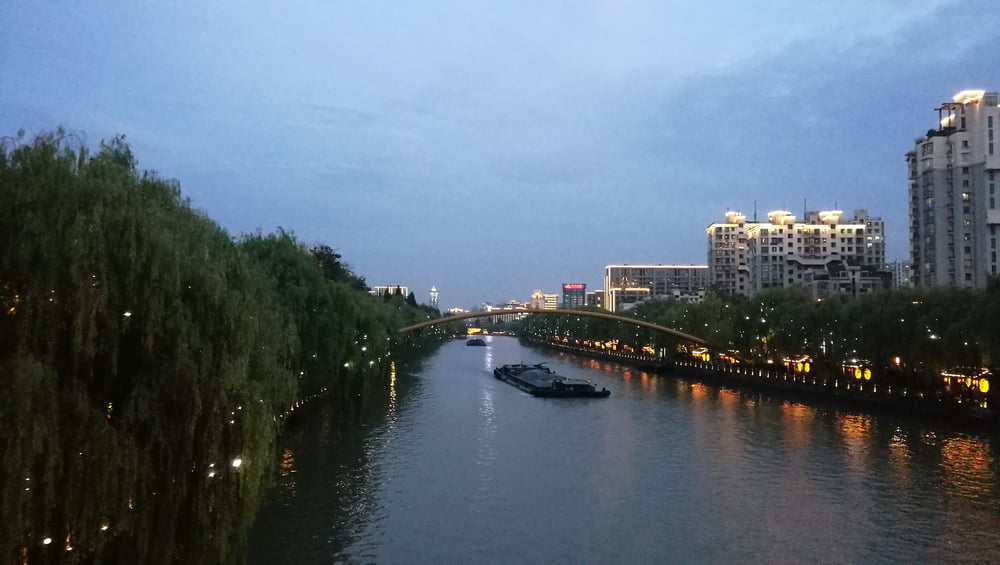
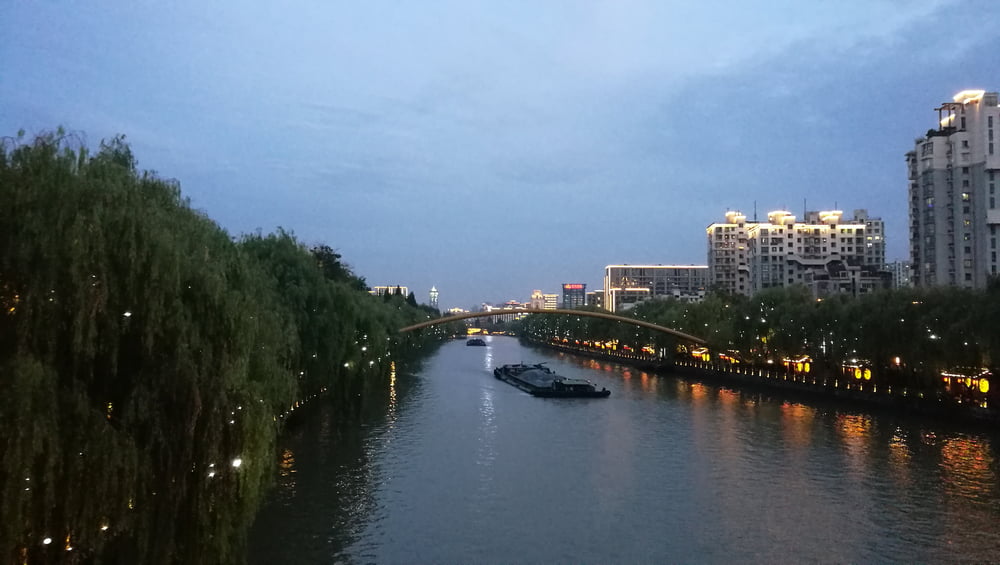
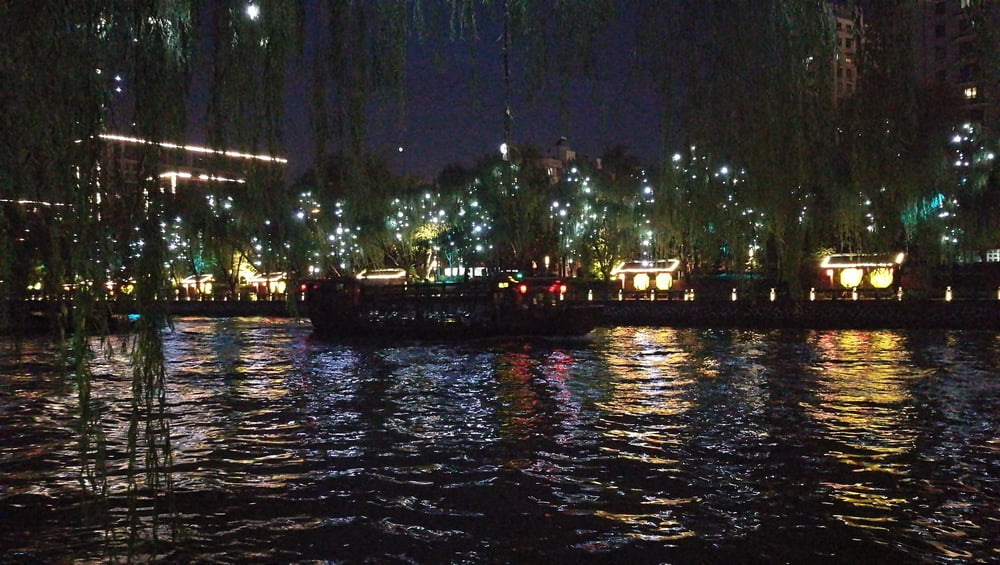
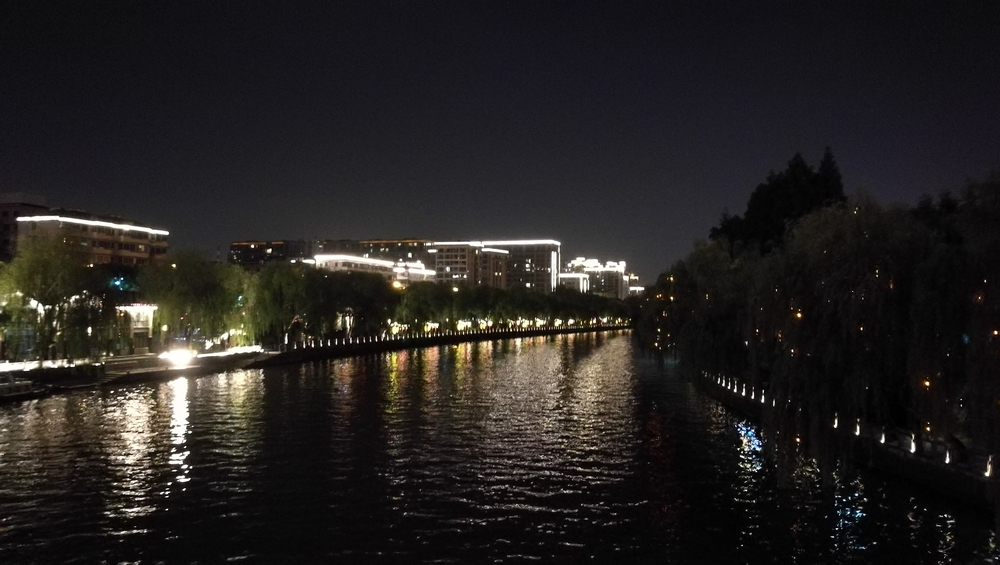
The Grand Canal is one of the oldest artificial waterways in the world.Beginning in Hangzhou and reaching as far north as Beijing, the canal isapproximately 2,700 kilometers long. Begun 2,500 years ago, the canal was vitalto the circulation of goods and exchange of cultures between north and southChina. It was inscribed on the UNESCO World Heritage List in 2014.
In ancienttimes, Hangzhou flourished as a hub on the Grand Canal to transport grain andsupply the military. The canal eventually transformed the city into a majortrading port. From 2001 to 2012, Hangzhou implemented a project to protect andrestore areas along the banks of the canal. Now one of the best preservedsections, this area boasts a wealth of cultural sites. Not only does the GrandCanal offer opportunities to appreciate history and culture, and participate intourism and leisure activities, it still functions as a bustling shipping canal.
Source: ywhangzhou.cn, an official introduction site of Hangzhou.
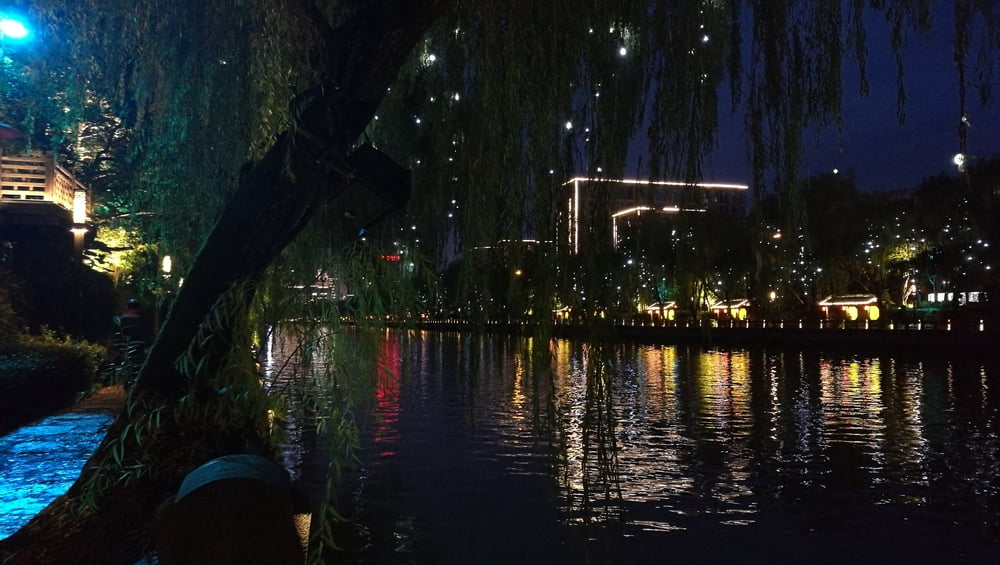
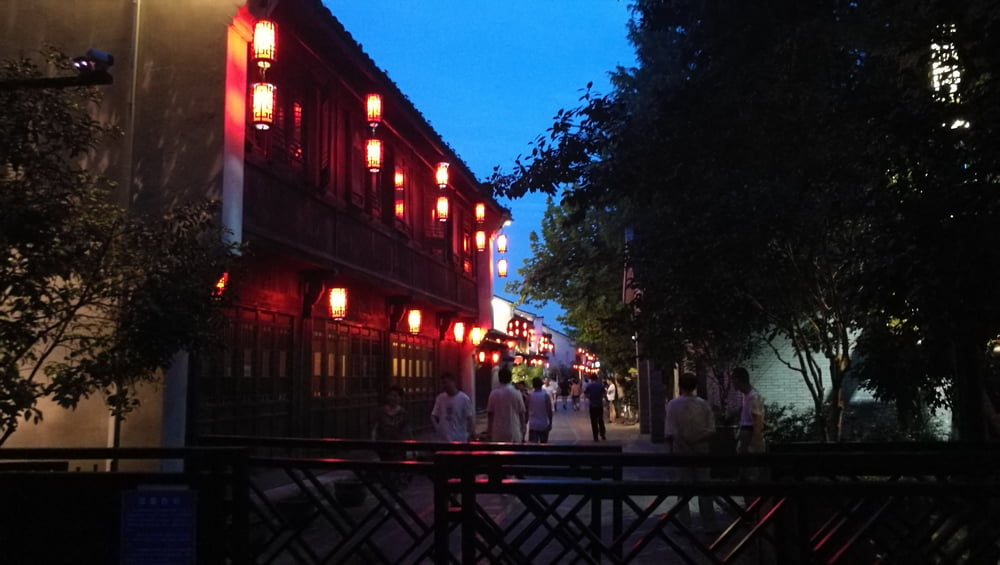
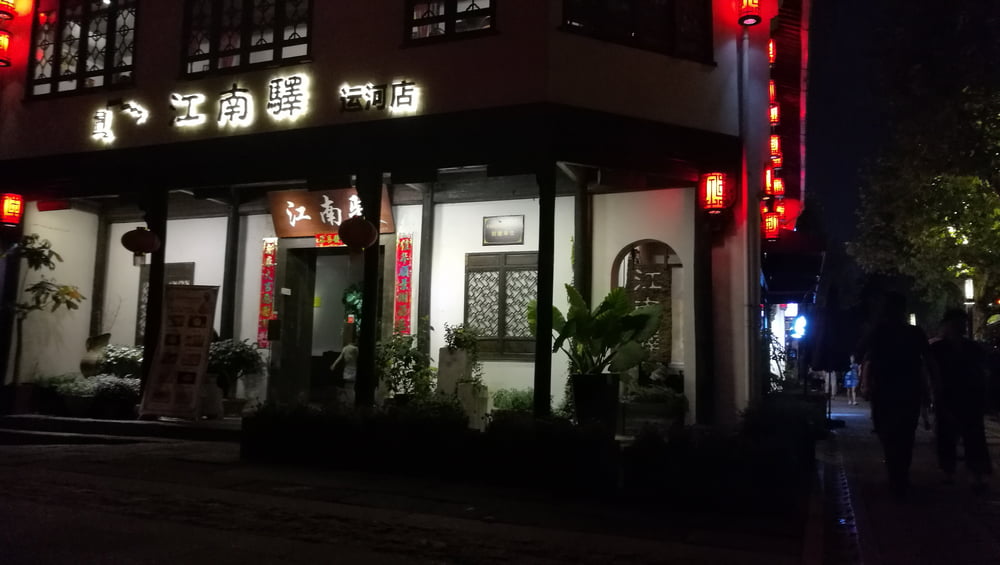


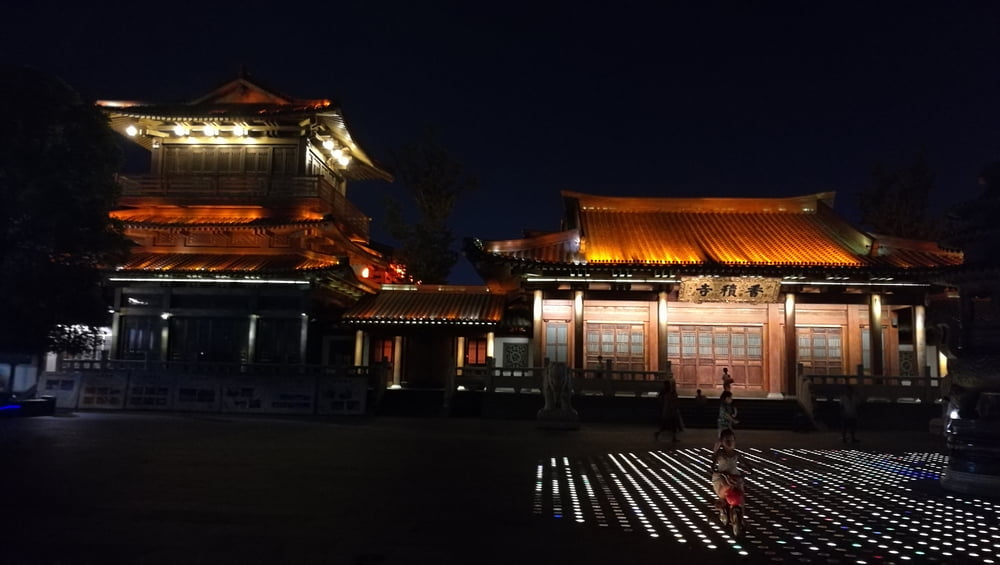
Dadou Road runs along the east side of the Grand Canal fromthe Daguan Bridge to the Jiangzhang Bridge. The architectures along the roadhave been well preserved, with Xiangji Temple’s ancient stone pagoda, the StateReeled Silk Warehouse, and many local-style dwelling homes from the late QingDynasty and the early years of the Republic at the turn of the 20th century.
The area is distinguished by the many examples of Buddhistcultural exchange along the street, which hosts lively arts and culture fairs,and boasts inns, vegetarian restaurants, and teahouses steeped in the localculture of the Grand Canal. Dadou Road has been honored with the title “FirstStreet of the Grand Canal.”
You will marvel at the charm of Chinese history and culturehere, so beautiful and so lively.


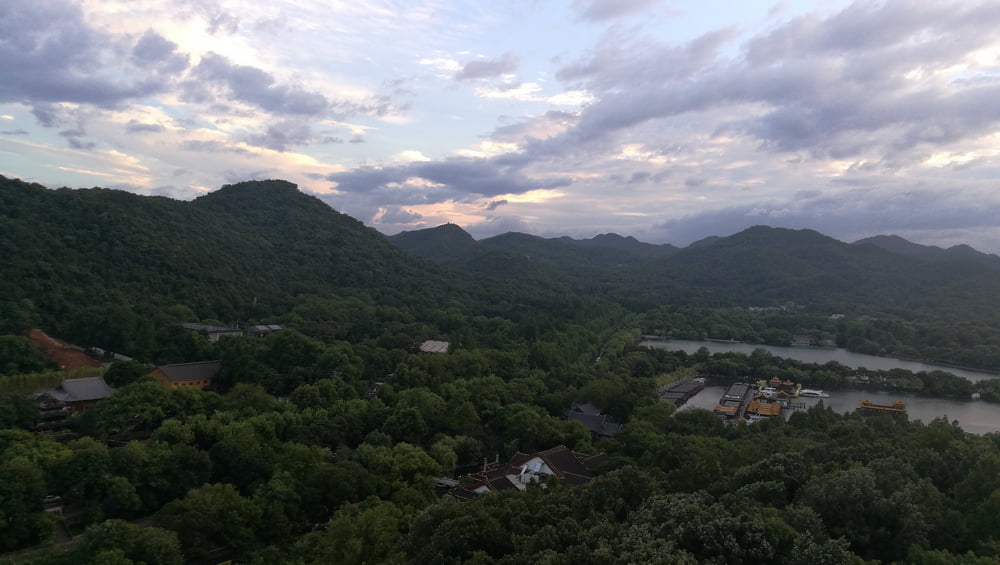
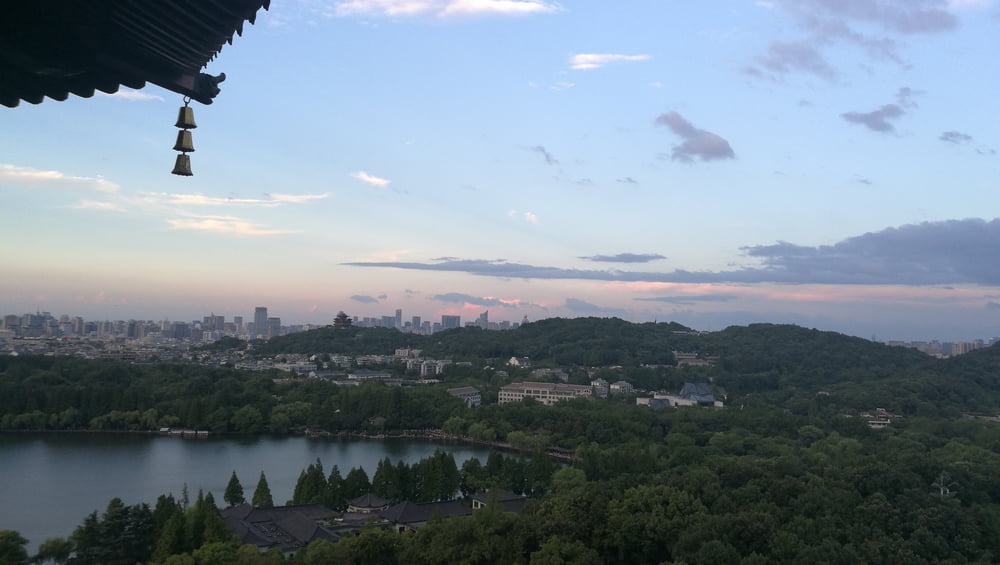
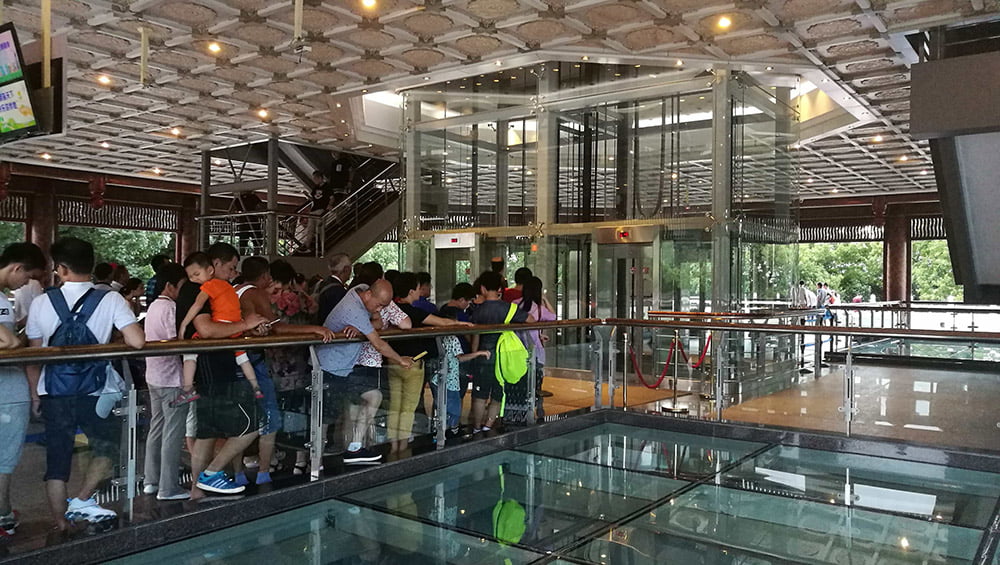

Leifeng Pagoda (Leifeng Ta) is a five-storey tower with eight sides, located on Sunset Hill(Xizhaoshan) south of the West Lake in Hangzhou. Originally constructed in the year AD 975, it collapsed in 1924 but was rebuilt in 2002. Since then it has been a popular tourist attraction.
You can take some stairs to the exhibition halls to see the ruins of the old Leifeng Pagoda and the wall paintings of the love story between a White Snake and a young scholar. The White Snake had been confined to the pagoda for years before her grown-up son rescued her.
Then take the lift to the top floor to have a bird view of Hangzhou city. One the one hand, the city is covered with green hills and beautiful lakes; on the other hand, there are many high rise modern buildings. Then you will get why Hangzhou is called the heavenly city.

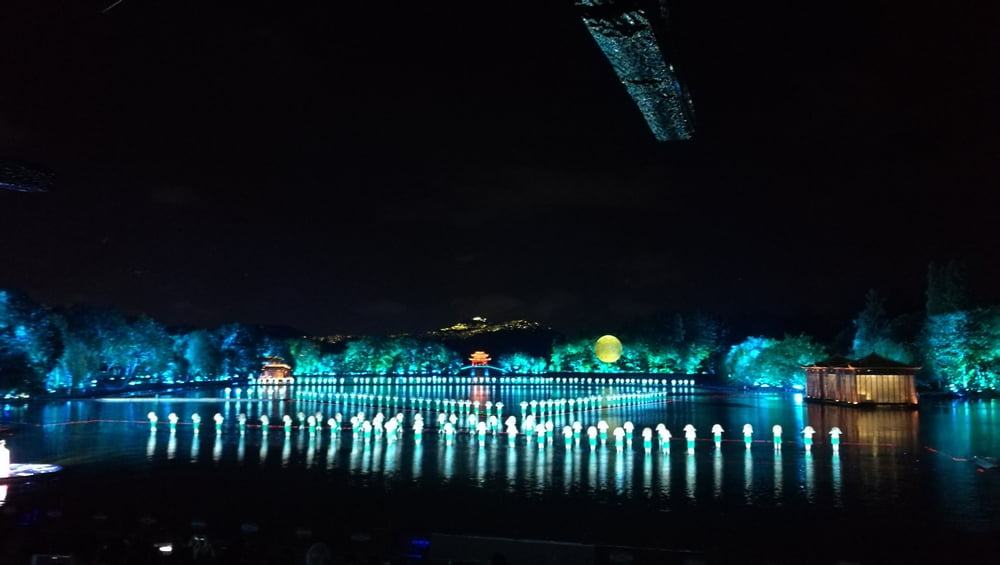
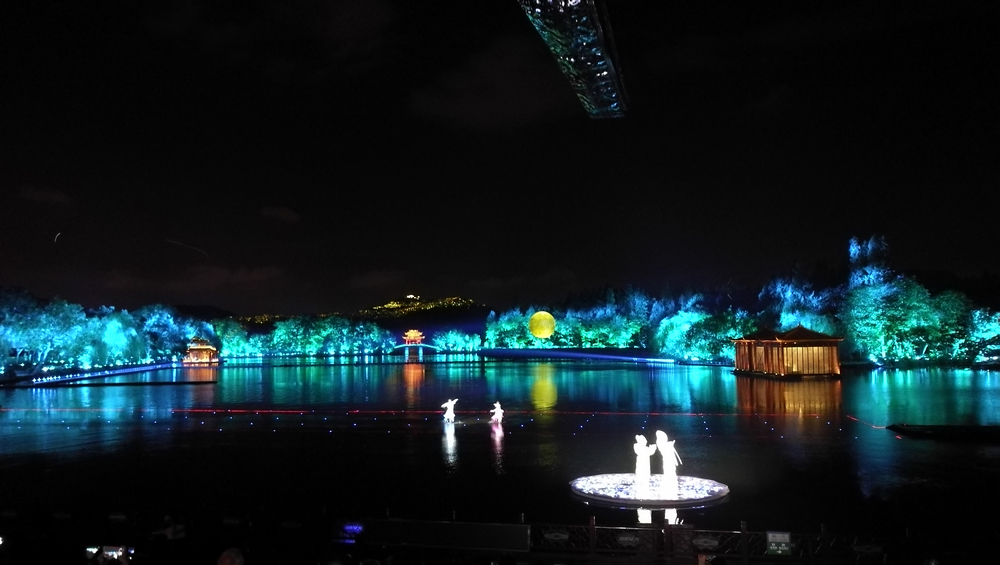
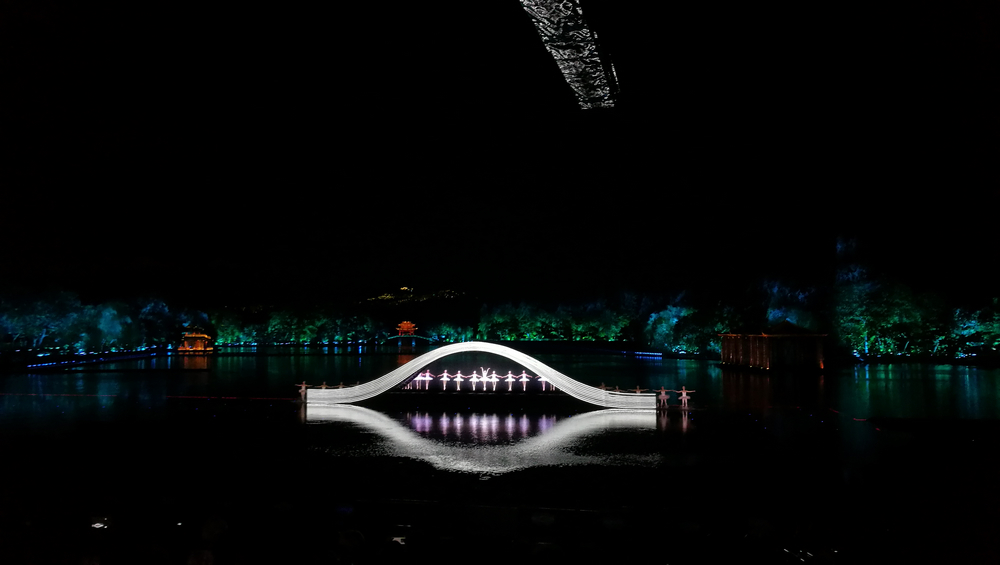
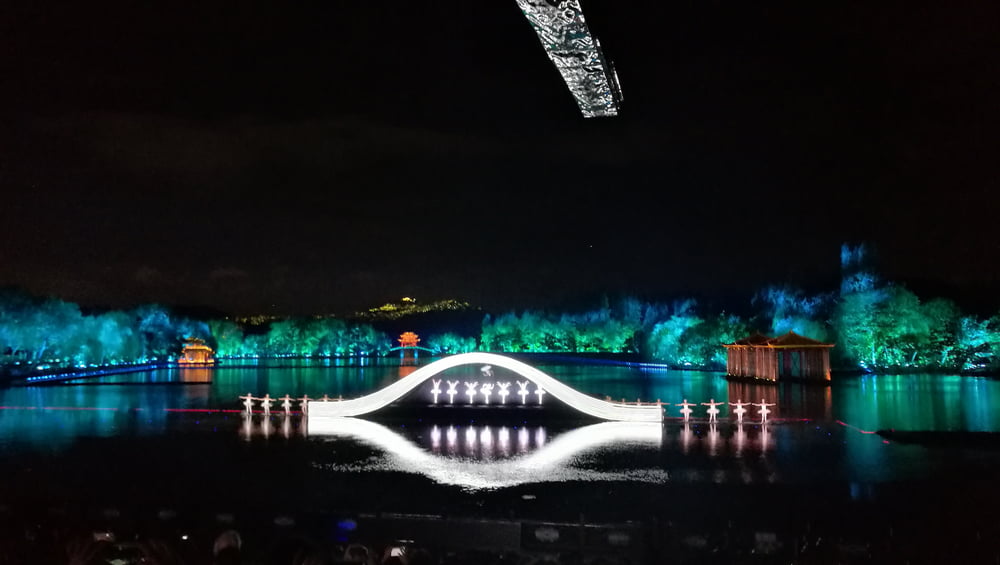
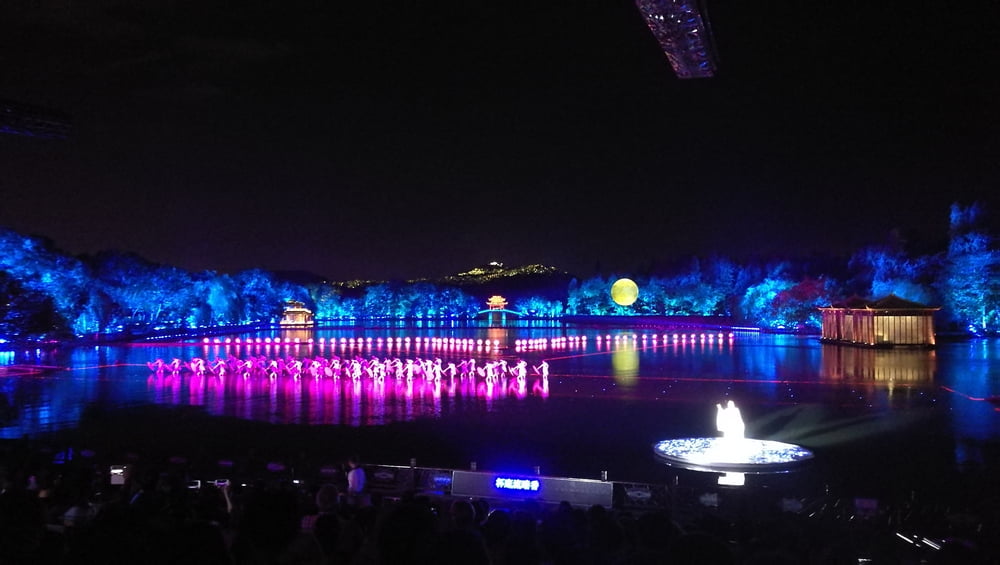
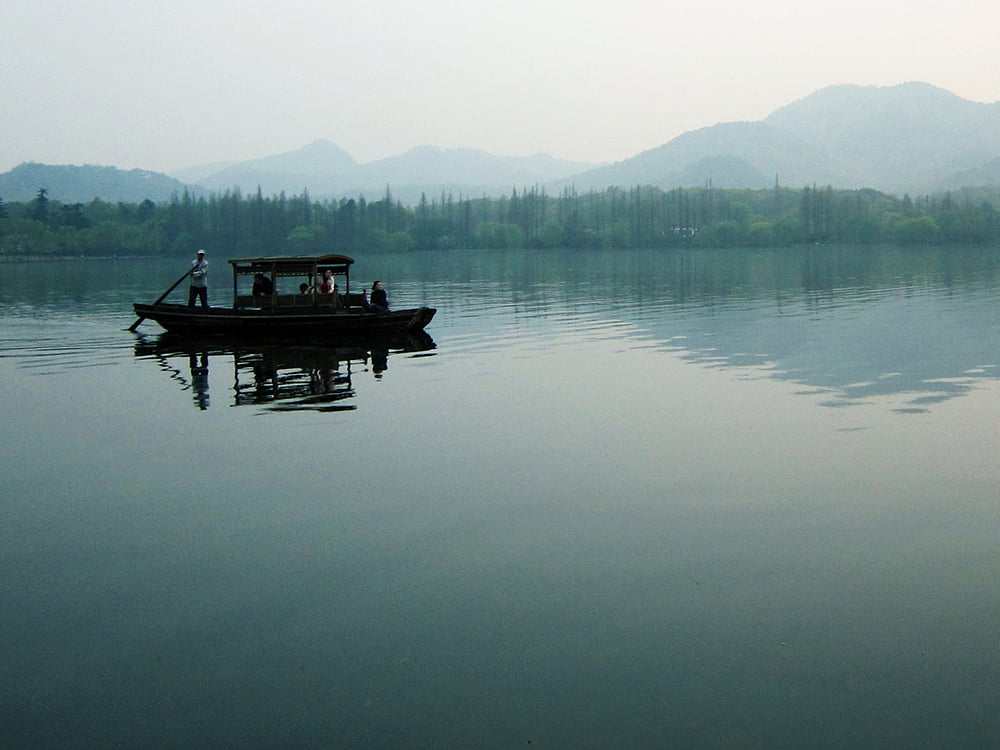
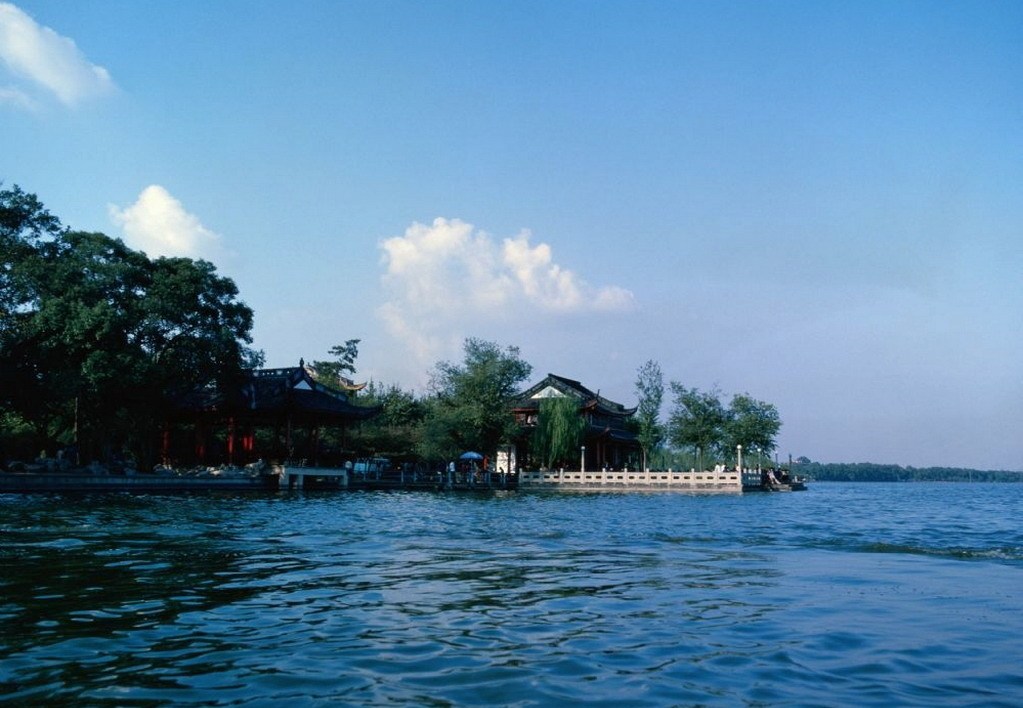

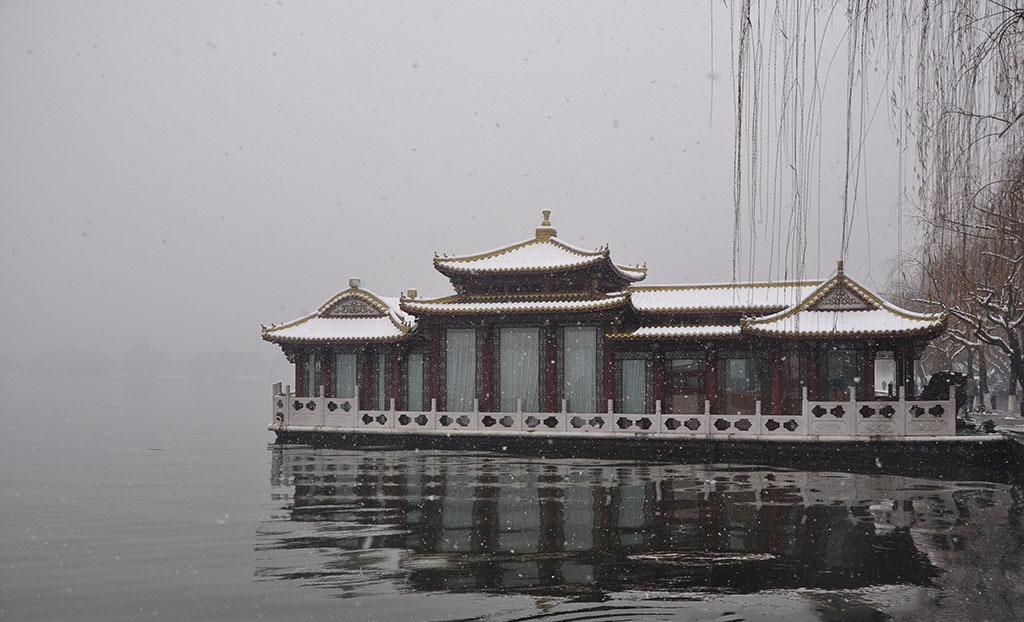
West Lake is the soul of this city. Thepretty of the West Lake not only lies in the lake itself but also in thesurrounded bridges, pavilions and dozens of matched hills.After the cruise,take a walk by the lake which will bring you closer to it.

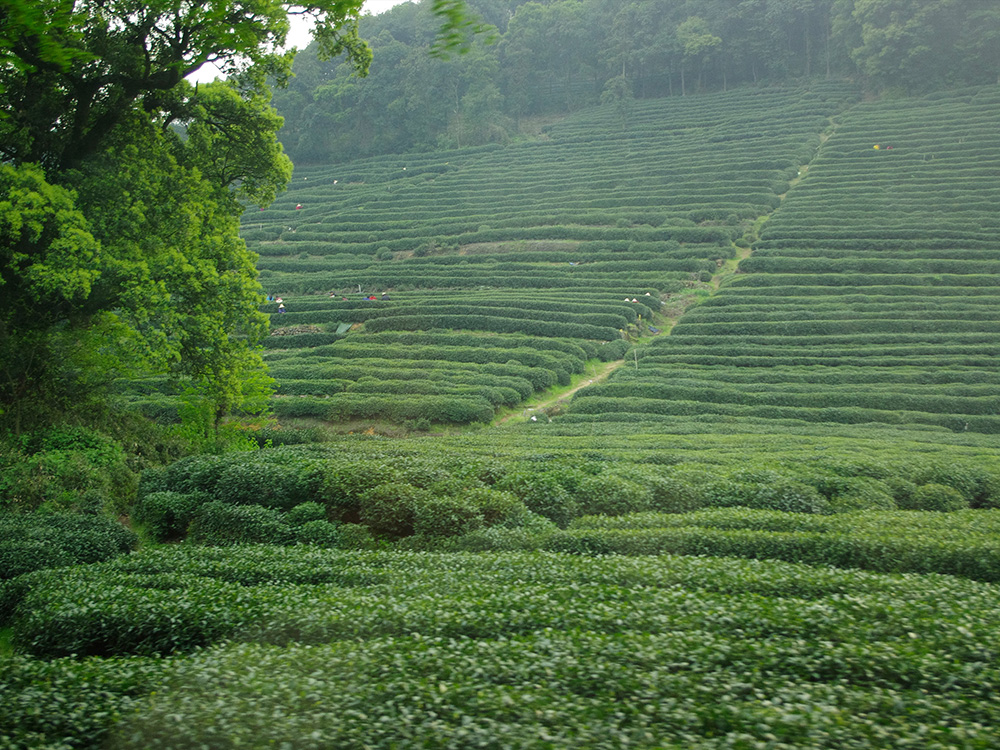
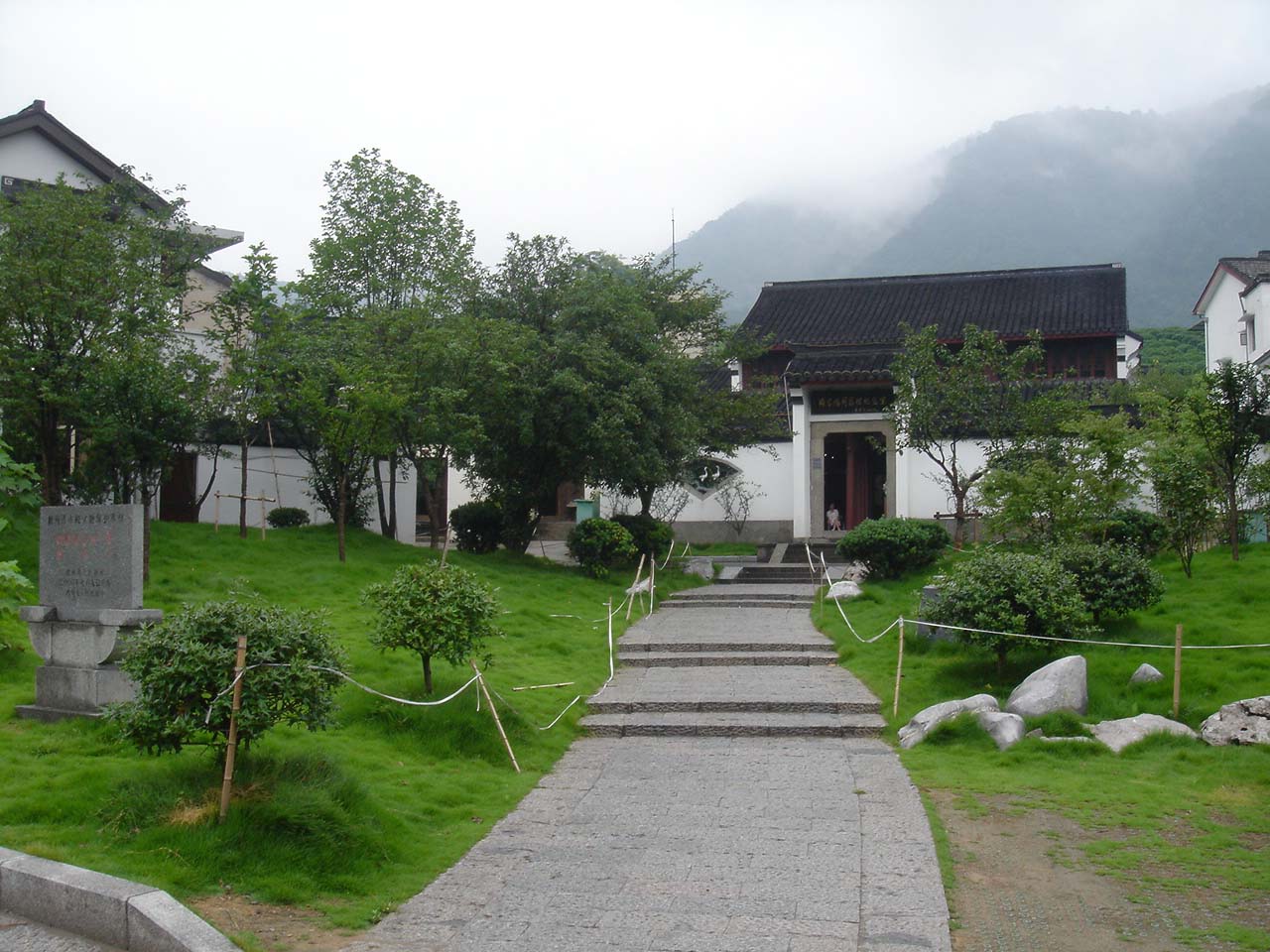
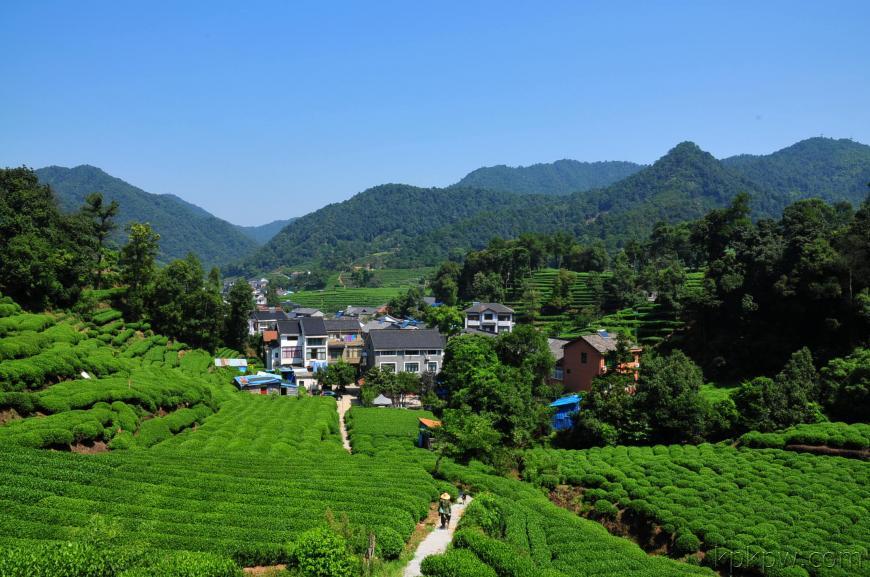
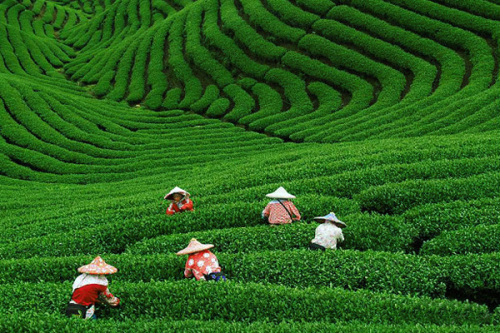
Located in the west of West Lake, it is anancient village with a history of 600 years. Inhabited by more than 500households, Meijiawu Tea Culture Village is picturesque surrounded by mountainsand waters; it is a main production base and a protected area of the fragrantWest Lake Dragon Well Tea, and a leisure tourist spot featured with tea culturein farm style.
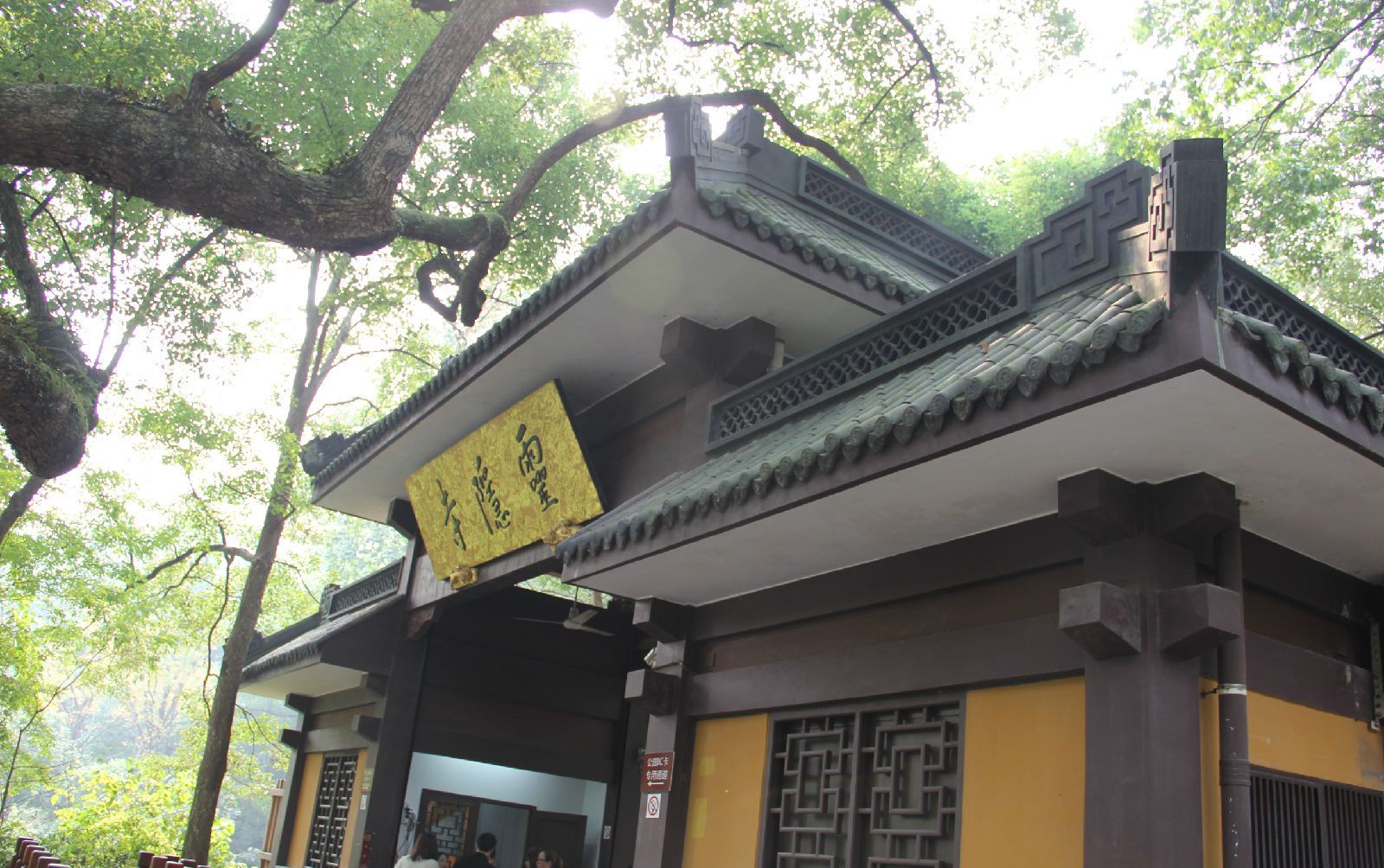
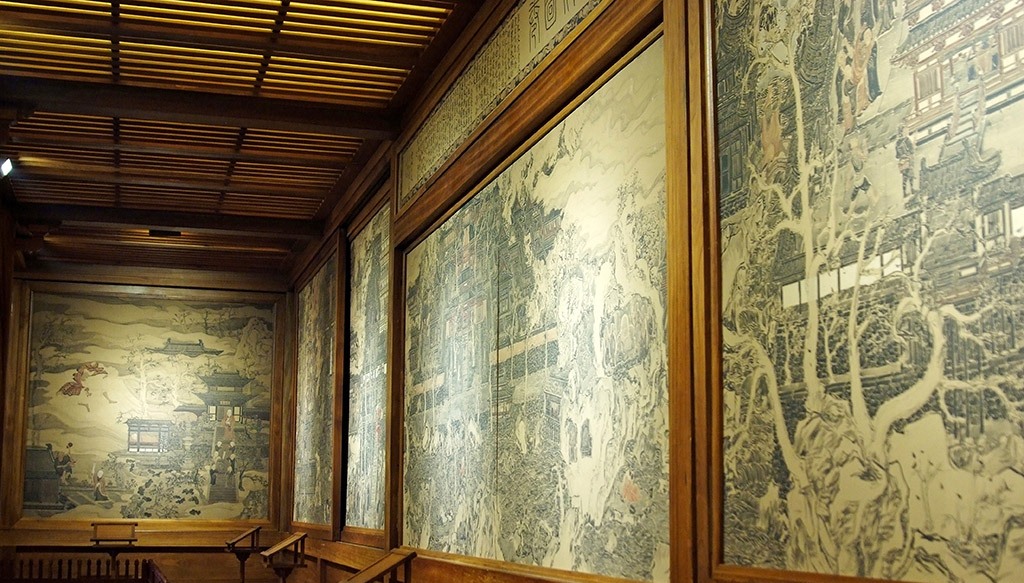
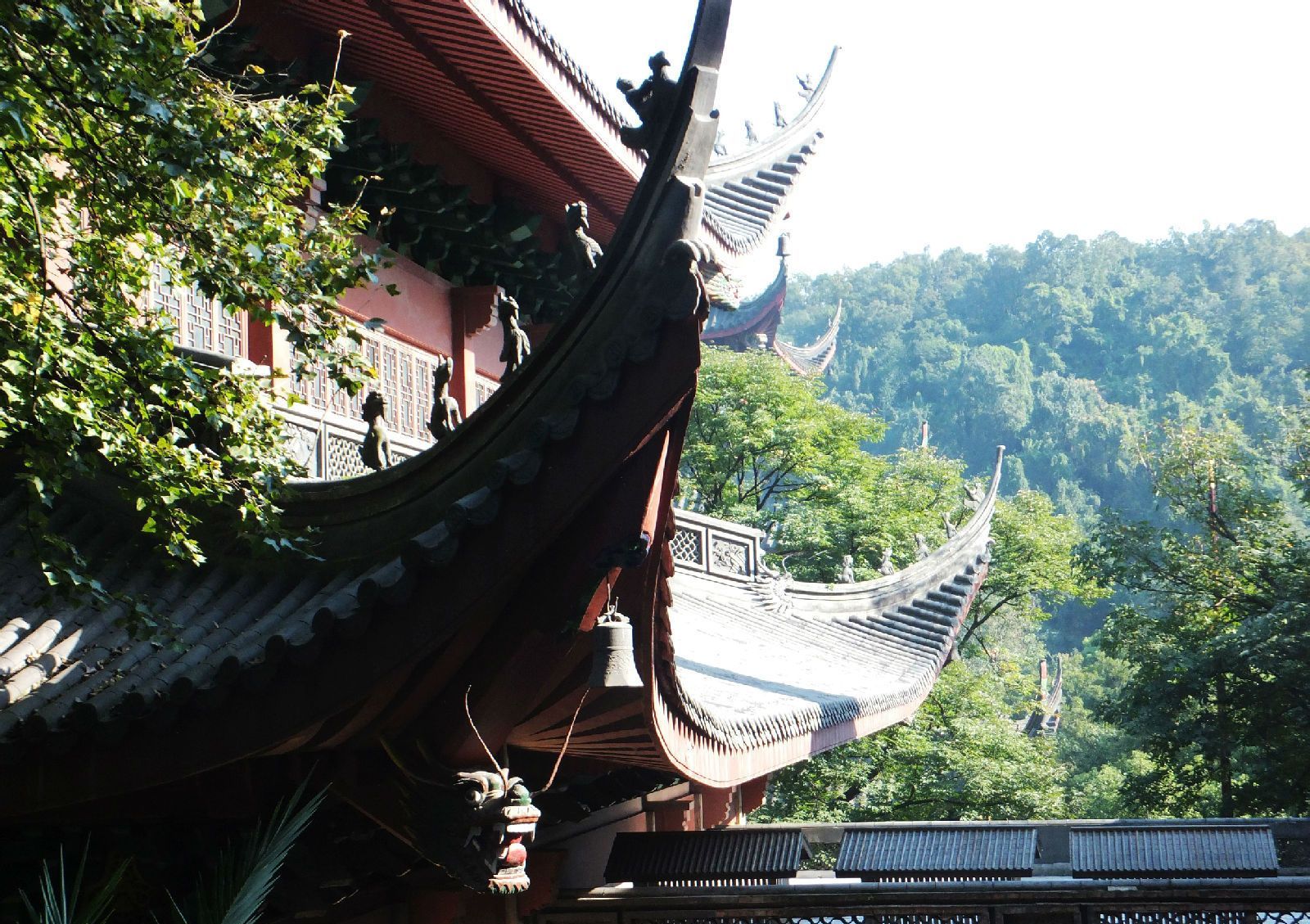
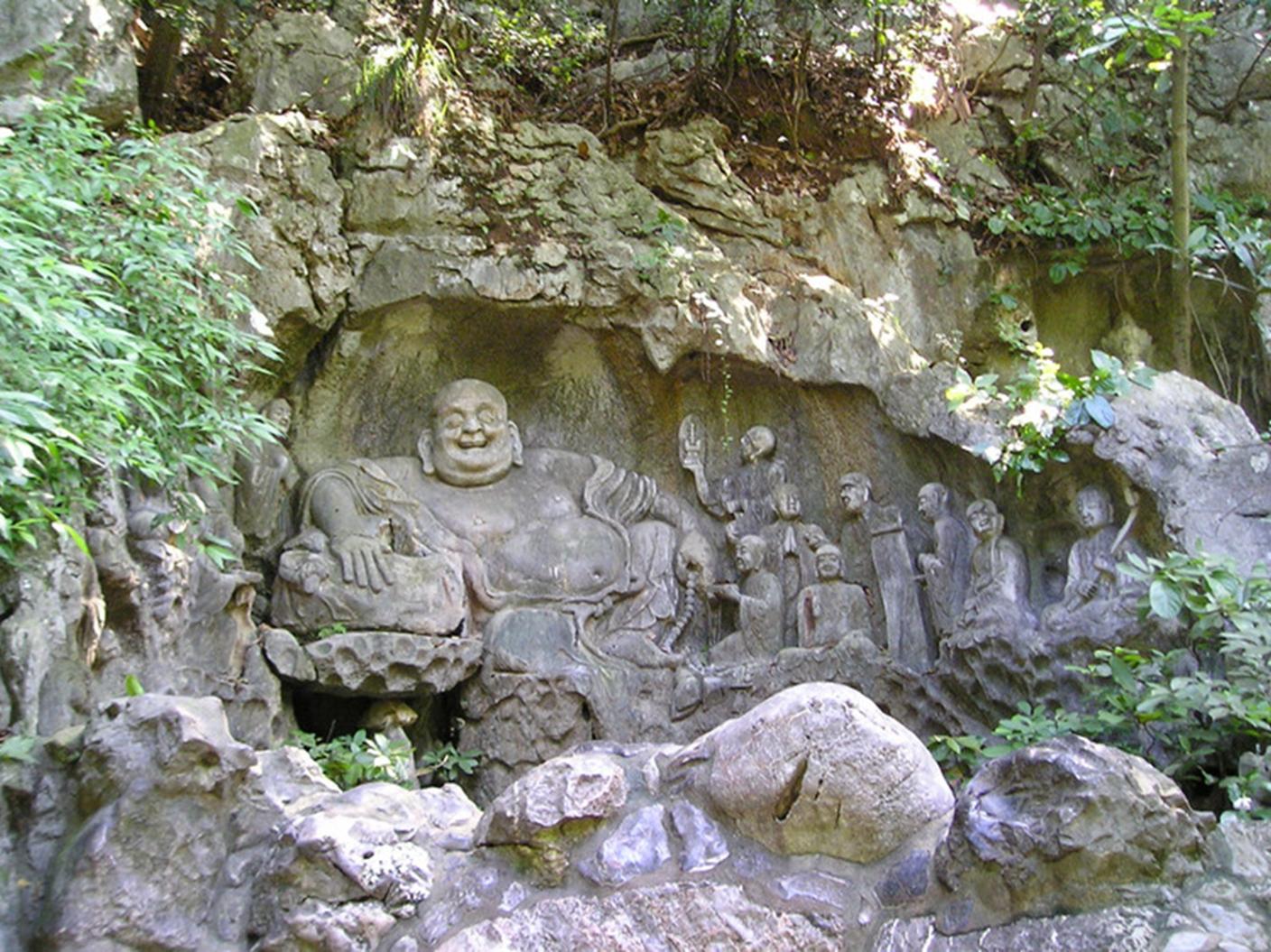
Coming to the northwest of the West Lake,you will visit the Lingyin Temple, a Buddhist temple of the Chan sect. The temples name literally means Temple of the Souls Retreat. Itwas constructed about 1,600 years ago and is the oldest temple in the city. It is one of the largest and wealthiest Buddhist temples inChina, and contains numerous pagodas and Buddhist grottoes.
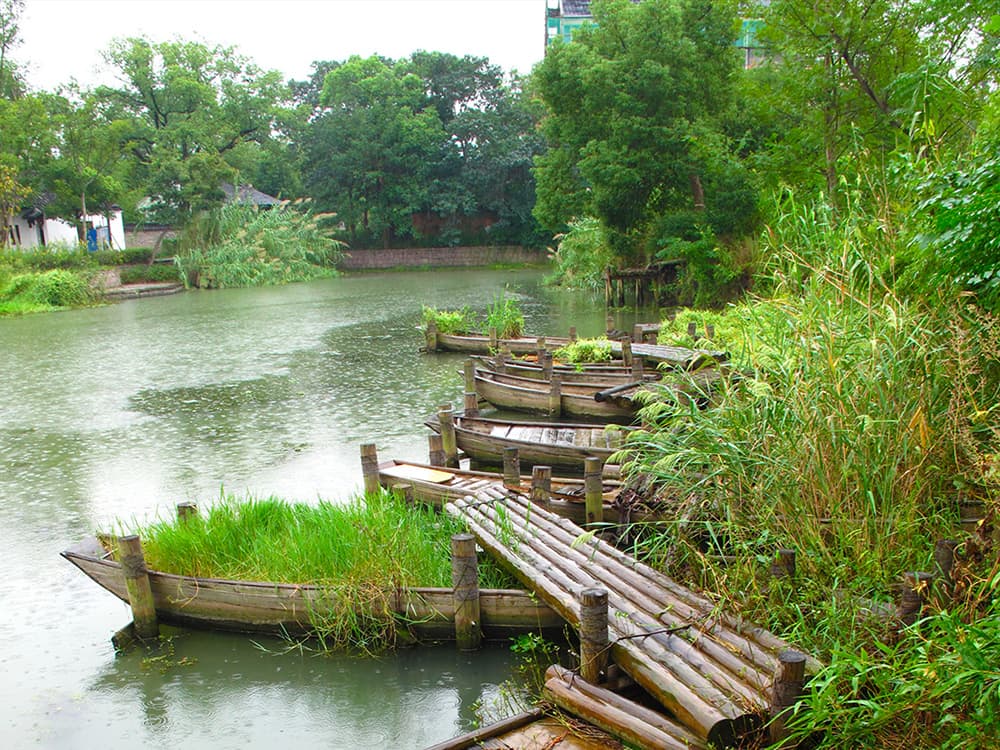
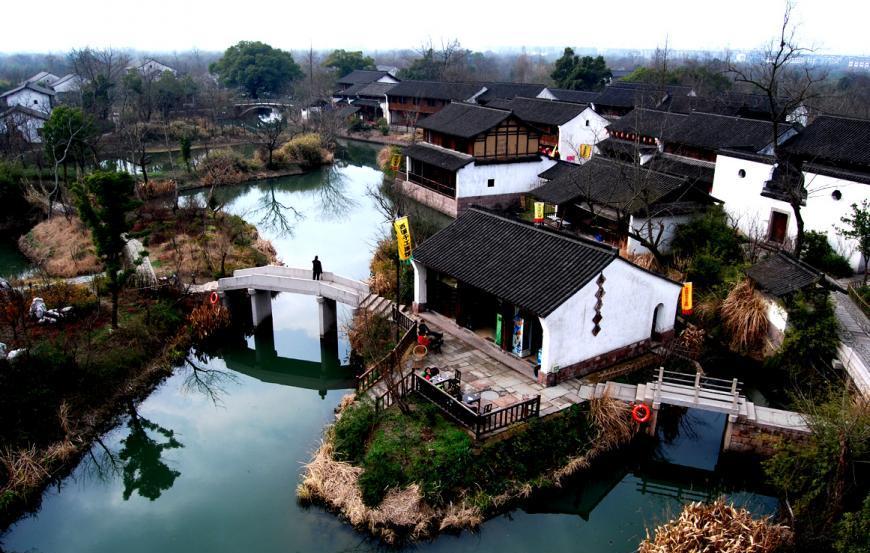
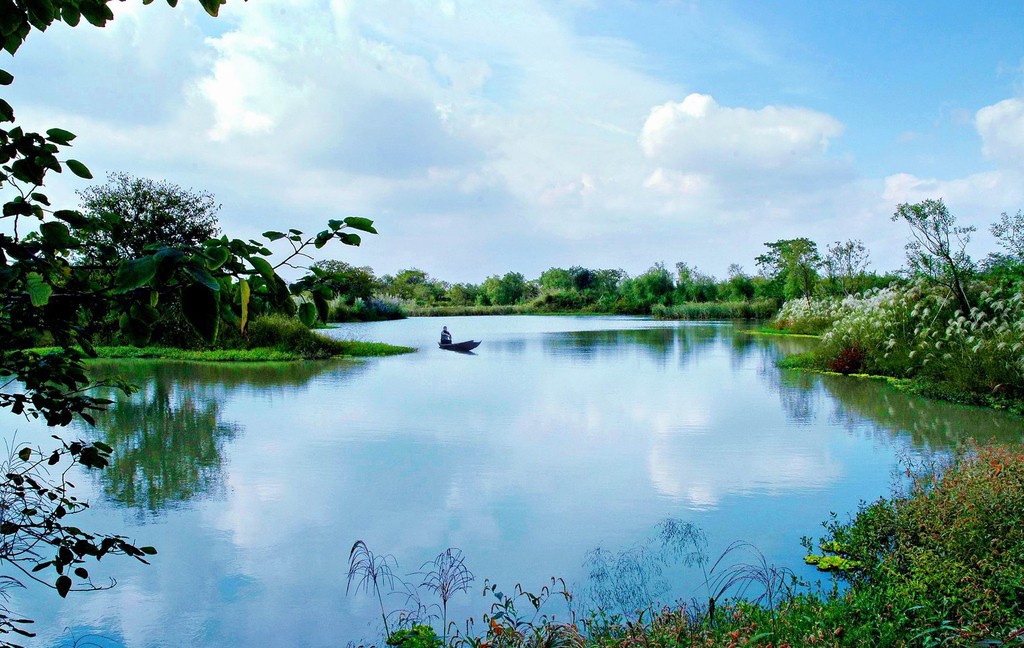
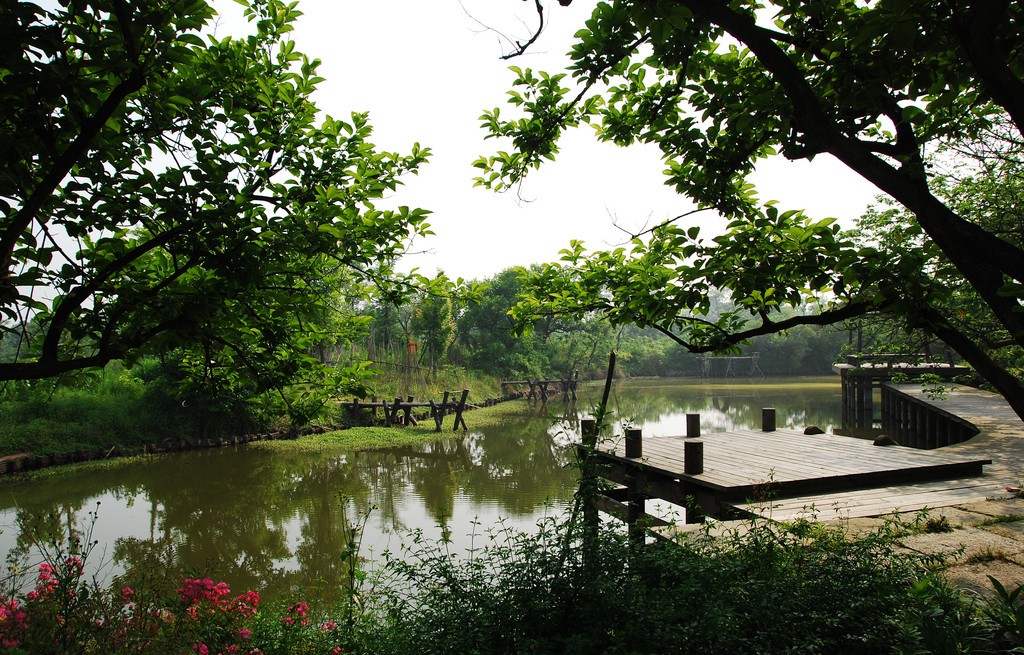


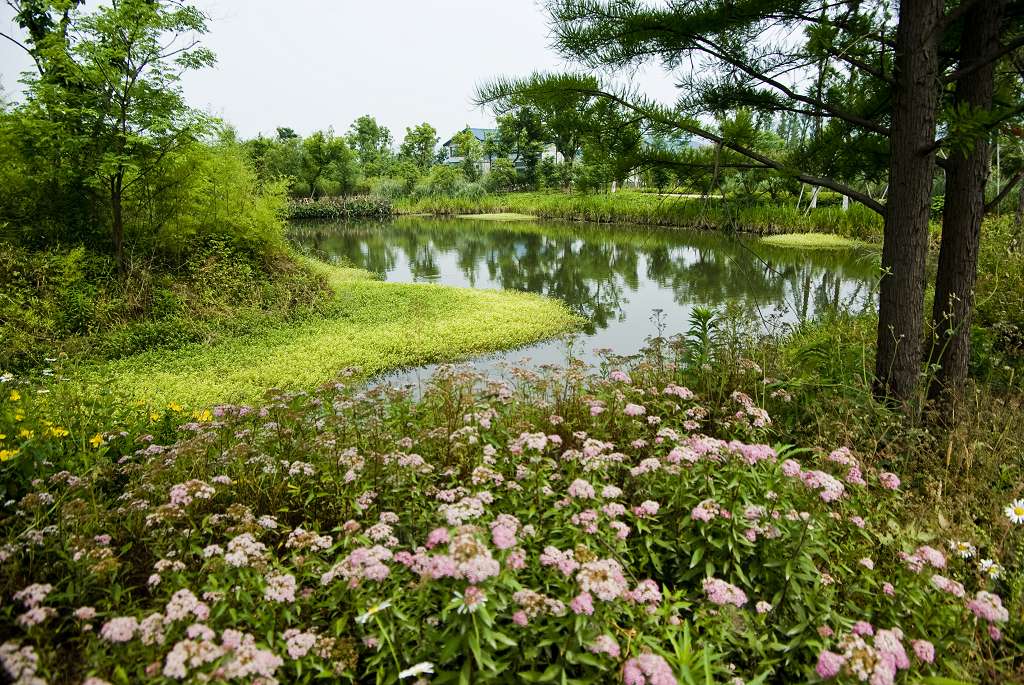
Chinas first national wetland park, XixiNational Wetland Park is about 6km from Hangzhou city center. If West Lake is the famed beauty ofHangzhou, Xixi National Wetland Park is its young maiden still hidden at home,not yet discovered by the world.
Literally meaning "westwaterway," Xixi is a lush wetland that covers about 10 square kilometers,of which three-and-a-half square kilometers are open to the public as a park. Withmore than 70 percent of the area being covered by water, Xixi National WetlandPark truly deserves its nickname, "wetland paradise."
You can take a 1-hour electric boatride(included) on the water which provides pretty views of the waterway, wildweeds and, with a little luck, waterfowl swimming in the lake. After the ride, feel free to take a walkin the park. The complete walk route around the park is about 8km and you canwalk as long as you like.
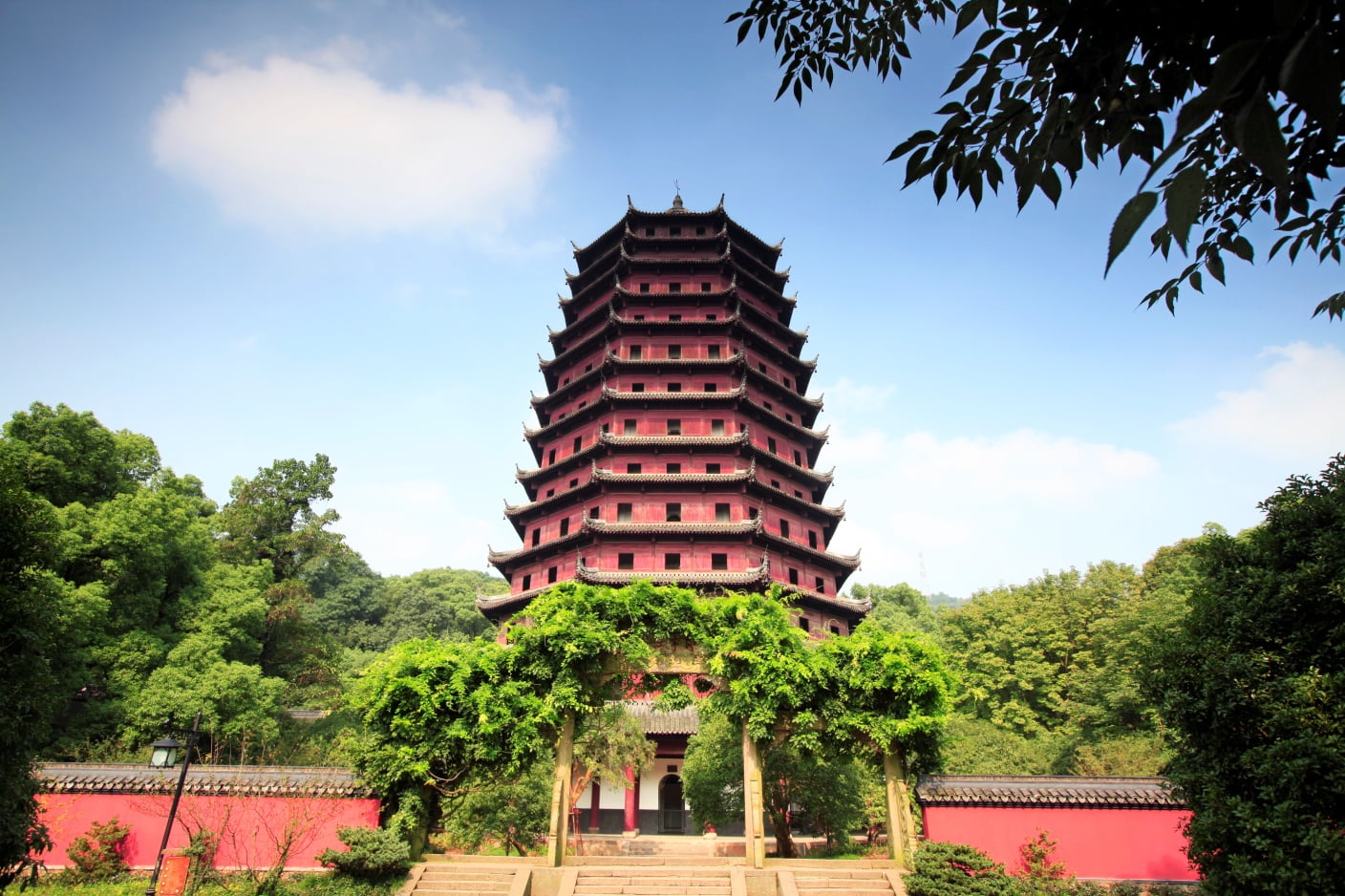

Pronounced Liuhe Pagoda in Chinese, it islocated at the foot of Yuelun Hill, facing the Qiantang River. It wasoriginally constructed in 970 AD, destroyed in 1121, and reconstructed fully by1165. After the current pagoda was constructed of wood and brick during theSouthern Song dynasty, additional exterior eaves were added during the Ming(1368–1644) and Qing Dynasties (1644–1911). The pagoda is octagonal in shapeand some 59.89 metres (196.5 ft) in height; it also has the appearance of beinga thirteen-storey structure, though it only has seven interior stories. Thereis a spiral staircase leading to the top floor and upon each of the sevenceilings are carved and painted figures including animals, flowers, birds andcharacters. Each story of the pagoda consists of four elements, the exteriorwalls, a zigzagged corridor, the interior walls and a small chamber. Viewedfrom outside, the pagoda appears to be layered-bright on the upper surface and darkunderneath. That is a harmonious alternation of light and shade.



The Romance of the Song Dynasty in Song Dynasty Town is a must-see show.In the form of singing, dancing, and acrobatics, it mainly shows the localallusions and folklore of Hangzhou such as Legend of the White Snake , theButterfly Lovers , stories of General Yue Fei’s leading the defense againstinvaders etc. And it applies high-techto enhance stage effect which definitely will give tourists a ground-breakingvisual feast.
Location: No.148, Zhijiang Road, Hangzhou.
Time: daily 14:00-15:00; 19:30-20:30.
Never miss an update from us. Sign up for our newsletter and stay informed about our latest news, products, and promotions.
2014-2024 © Copyright Charmission, All rights reserved.京ICP备19015279号-2



